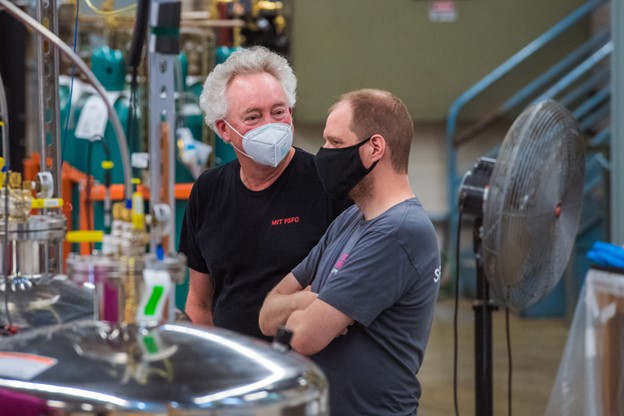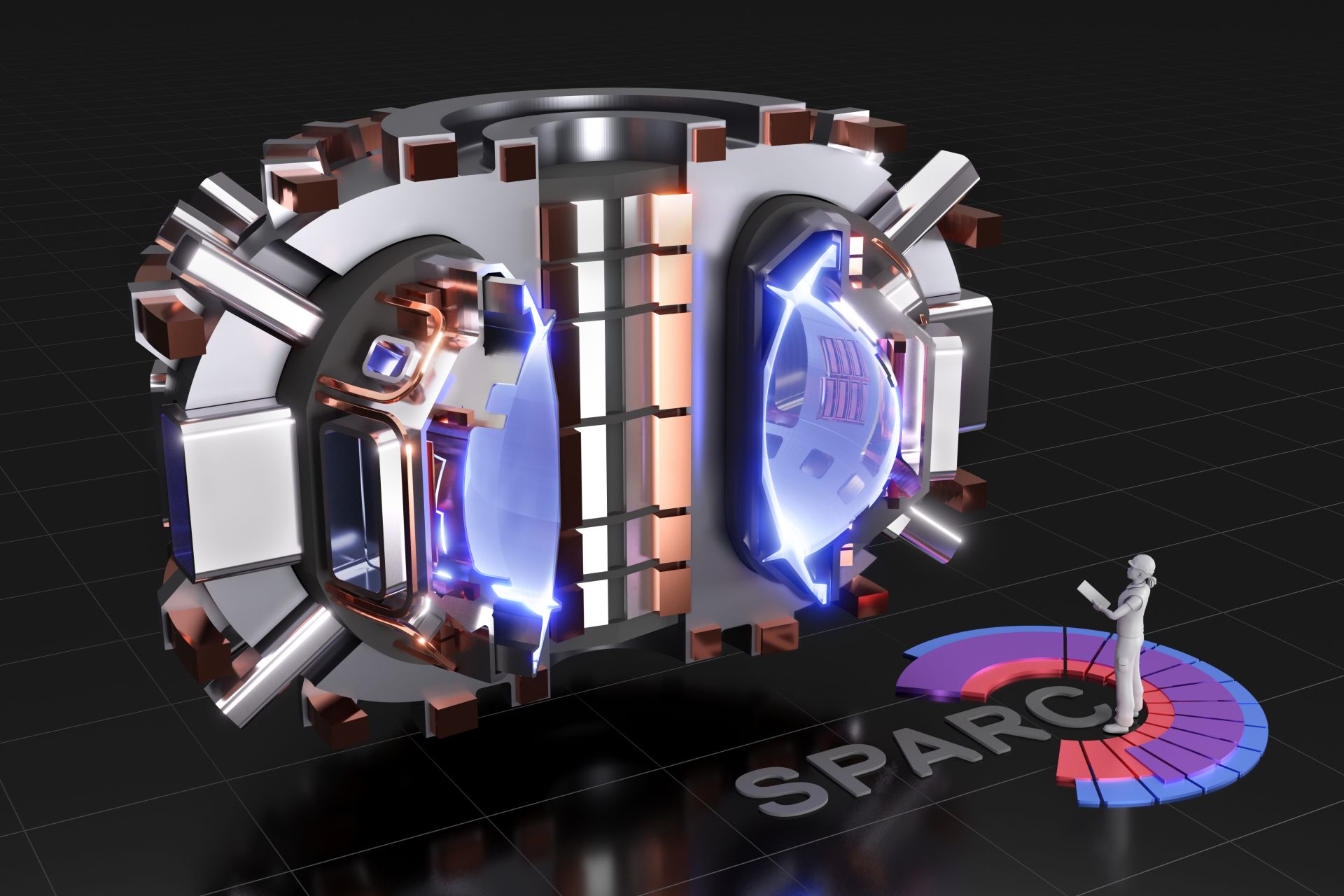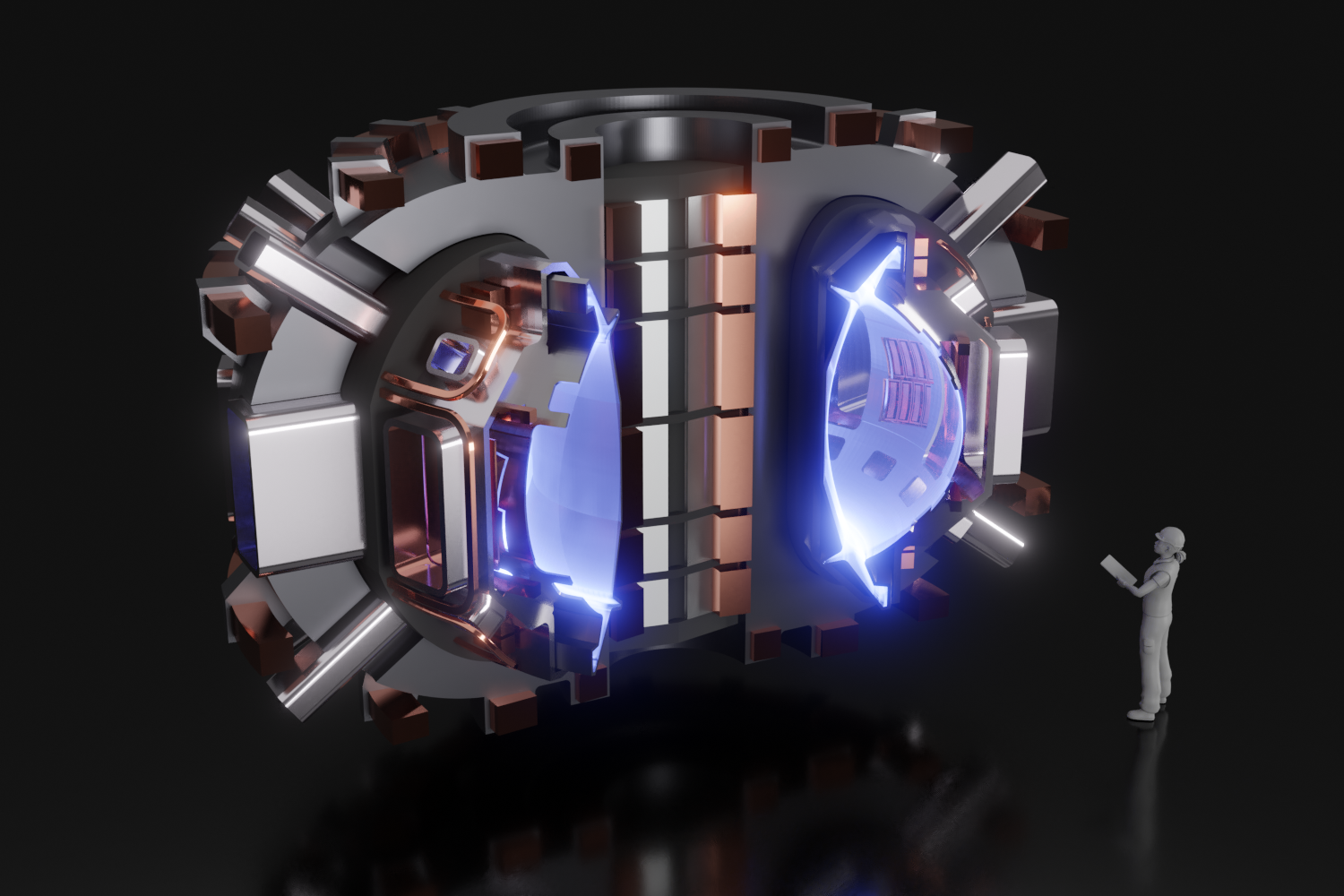Fusion is real, and it’s now

Lauren Garrison
We have seen many advancements in the fusion field in the past handful of years. In 2021, the National Academies released a report titled Bringing Fusion to the U.S. Grid.a In March 2022, the White House held a first-ever fusion forum, “Developing a Bold Decadal Vision for Commercial Fusion Energy.”b The National Ignition Facility had a record-setting fusion pulse that achieved more power output than the laser input, called ignition, in December 2022.c The Department of Energy’s Office of Fusion Energy Sciences (FES) started a new public-private partnership program, the fusion milestone program, in May 2023 that made awards to eight fusion companies in a cost-share model.d That same summer, FES got a new associate director, Dr. Jean Paul Allain,e who has announced intentions for changing the structure of the FES office to better embrace an energy mission for fusion while keeping the strong foundation in basic science and non-fusion plasmas. ITER construction has continued, with various parts being delivered and systems finished. For example, the civil engineering of the tokamak building was completed in September 2023 after 10 years of work.f Even more fusion companies have been founded, and the Fusion Industry Association has 37 members now.g





